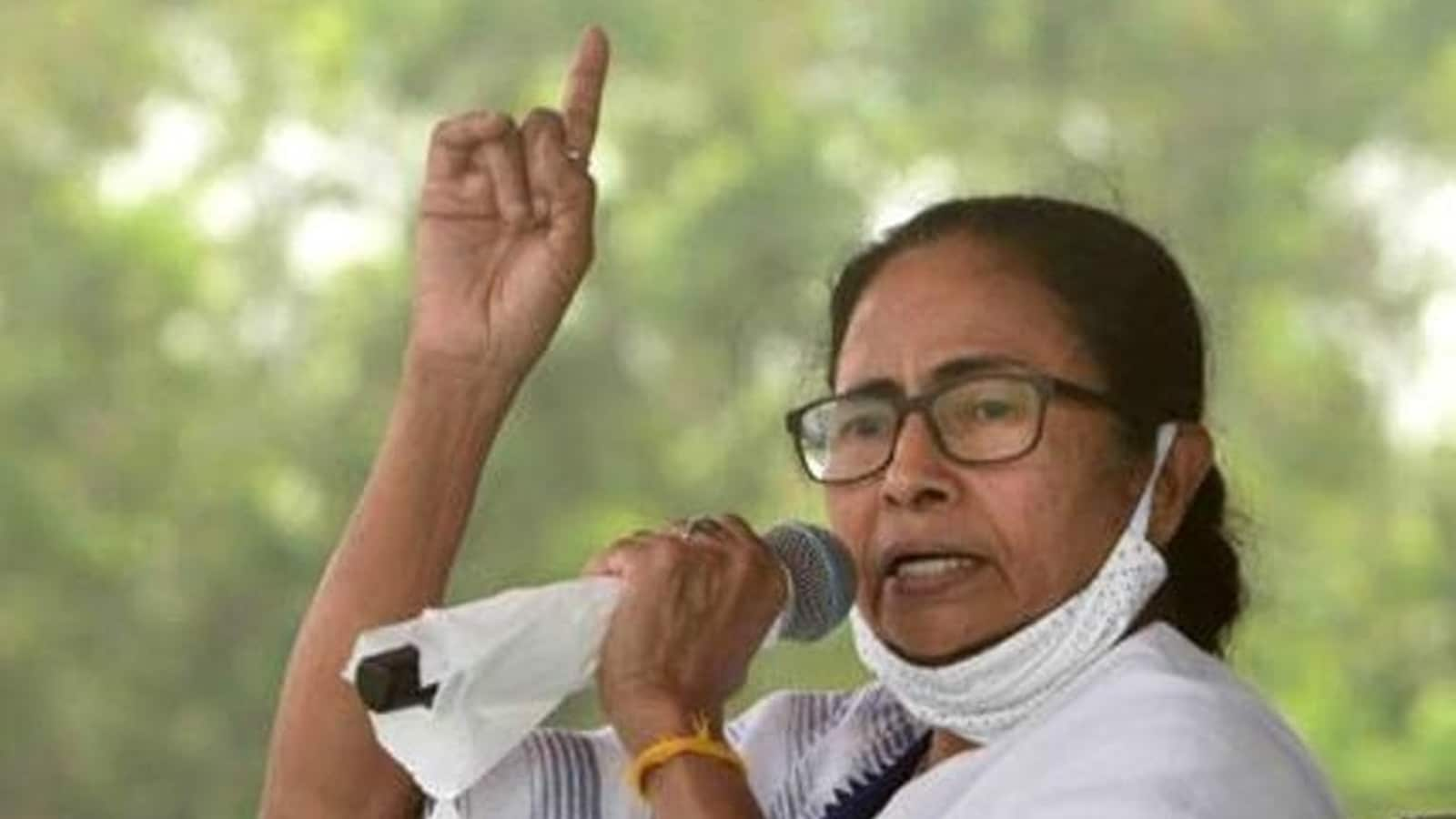
WEST BENGAL GOVERNMENT HAS DECIDED TO SET UP A LEGISLATIVE COUNCIL
IN DEPTH:
For setting up the Council, a Bill has to be introduced in the Assembly and then a nod from the Governor is required. The Legislative Council in the State was abolished in 1969.
BASIS OF FORMATION:
India has a bicameral system of legislature.
Just as Parliament has two Houses, the states can also have a Legislative Council in addition to the Legislative Assembly through Article 169 of the Constitution.
Six States having a Legislative Council: Andhra Pradesh, Telangana, Uttar Pradesh, Bihar, Maharashtra, Karnataka.
In 2020, Andhra Pradesh Legislative Assembly passed the resolution for abolition of the Legislative Council. This resolution is yet to be cleared by the Parliament of India to finally abolish the council.
In 2019, the Jammu & Kashmir Legislative Council was abolished through the J&K Reorganisation Bill, 2019, which reduced the State of J&K to the Union Territories of J&K and Ladakh.
ARTICLE 169 (CREATION AND ABOLITION):
The Parliament can abolish a Legislative Council (where it already exists) or create it (where it does not exist) by a simple majority, that is, a majority of the members of each House present and voting, if the legislative assembly of the concerned state, by a special majority, passes a resolution to that effect.
SPECIAL MAJORITY IMPLIES:
A majority of the total membership of the assembly and
A majority of not less than two-thirds of the members of the assembly present and voting.
COMPOSITION:
Under Article 171 of the Constitution, the Legislative Council of a state shall not have more than one-third of the total strength of the State Assembly, and not less than 40 members.
Like the Rajya Sabha, the legislative council is a continuing chamber, that is, it is a permanent body and is not subject to dissolution. The tenure of a Member of the Legislative Council (MLC) is six years, with one-third of the members retiring every two years.
MANNER OF ELECTION:
One-third of the MLCs are elected by the state’s MLAs,
Another 1/3rd by a special electorate comprising sitting members of local governments such as municipalities and district boards,
1/12th by an electorate of teachers and another 1/12th by registered graduates.
The remaining members are appointed by the Governor for distinguished services in various fields namely, literature, science, art, cooperative movement and social service.
LC VIS-À-VIS RAJYA SABHA:
The legislative power of the Councils is limited. Unlike Rajya Sabha which has substantial powers to shape non-financial legislation, Legislative Councils lack a constitutional mandate to do so.
Assemblies can override suggestions/amendments made to legislation by the Council.
Again, unlike Rajya Sabha MPs, MLCs cannot vote in elections for the President and Vice President. The Vice President is the Rajya Sabha Chairperson while a member from the Council itself is chosen as the Council Chairperson.
ROLE OF LEGISLATIVE COUNCIL:
It can ensure individuals who might not be cut out for the elections are able to contribute to the legislative process (like artists, scientists, etc).
It can keep an eye on hasty decisions taken by the Legislative Assembly.
ARGUMENTS AGAINST LEGISLATIVE COUNCIL:
It can delay legislation, also it is considered a burden on the state budget.
It can also be used to park leaders who have not been able to win an election.
